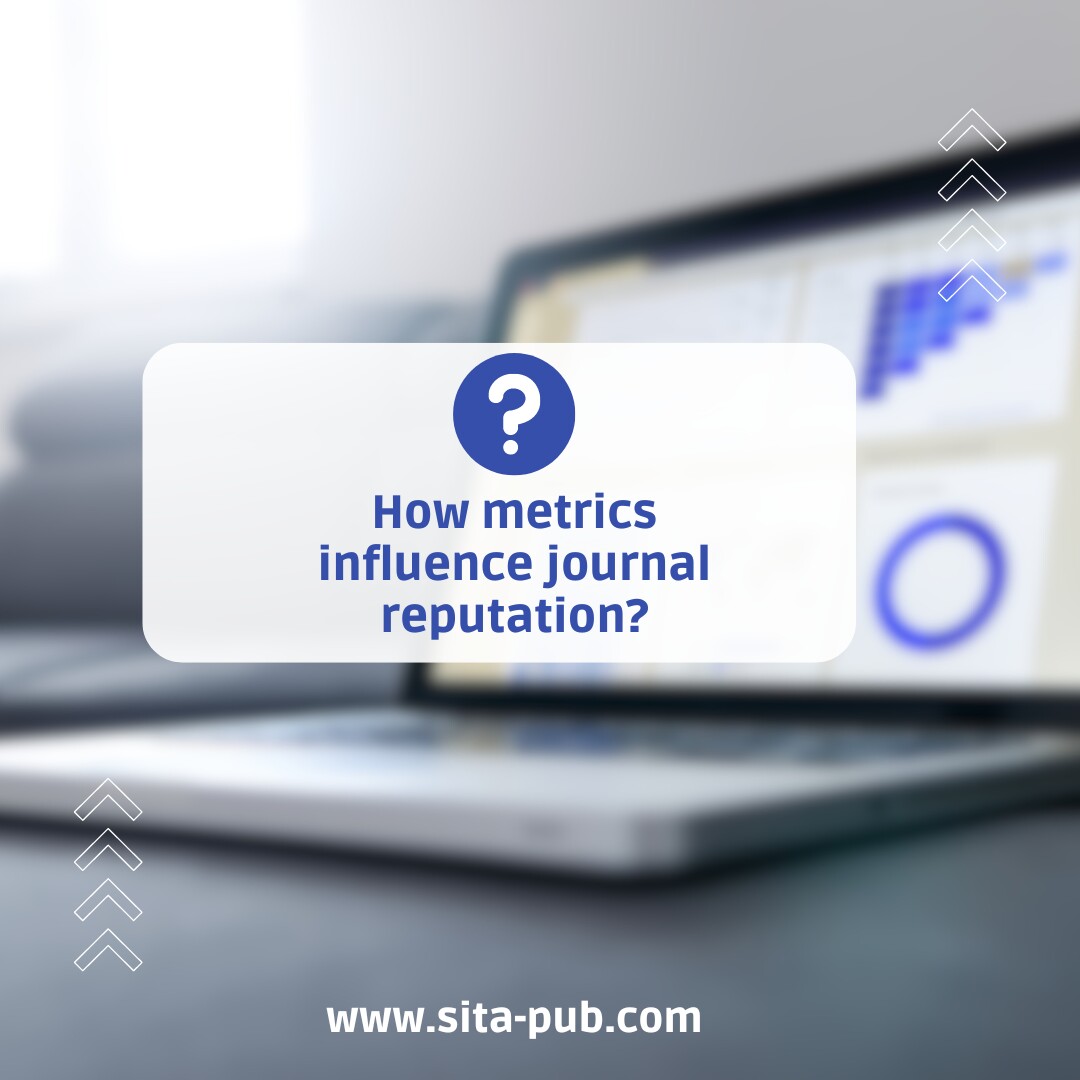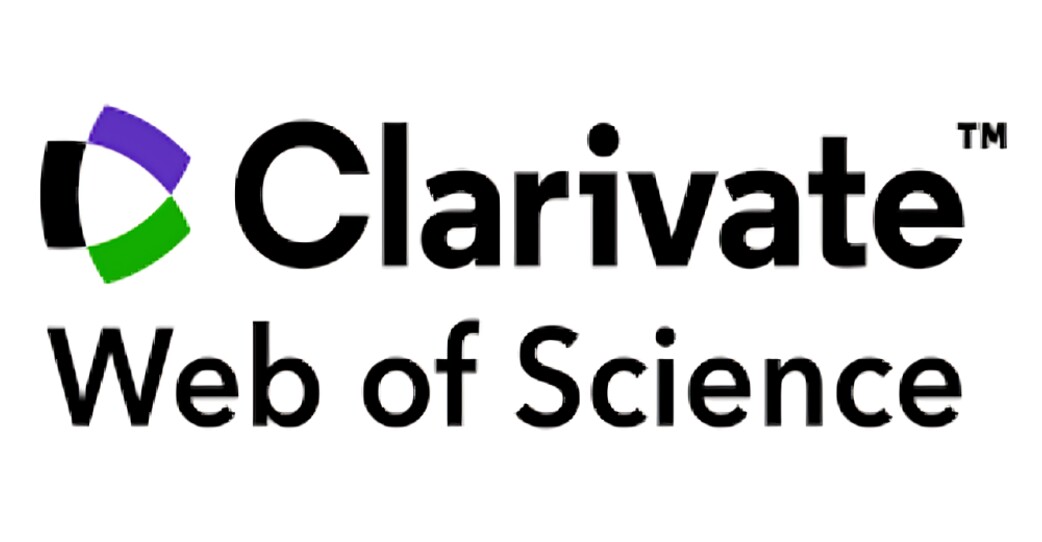How metrics influence journal reputation?


In the world of academic publishing, choosing the right platform to share your work is crucial. A publication is where researchers present their findings, and its reputation can significantly influence how many people read and cite your work. This is where journal metrics come in. These metrics are numbers that help measure the quality and impact of an academic outlet. In this article, we will explain what these metrics are, why they matter, and how to use them when selecting a venue for publication.
Journal metrics are numbers that show how influential a publication is in the academic community. They help researchers understand how often articles are cited by others. A higher number of citations usually indicates that the outlet is well-respected and that its articles are important to the field.
Common metrics in different databases:
Quartile Ranking: Publications are ranked into quartiles (Q1, Q2, Q3, Q4). Q1 outlets are in the top 25% of their field, while Q4 outlets are in the bottom 25%. This ranking helps researchers quickly identify high-quality options.
h-index: This measures both the number of articles published and how many times those articles have been cited. A high h-index indicates a strong influence within the field.
Journal metrics are important for several reasons:
Visibility: Publishing in a high-impact outlet means more people are likely to read your work. This can lead to more citations, which is vital for your academic reputation.
Career Advancement: Many academic institutions consider where you publish when evaluating your work. Publishing in a respected platform can improve your chances for promotions, grants, and other professional opportunities.
Field Reputation: The reputation of your research area can be linked to the publications that feature its work. High-quality outlets help raise the profile of a field.
Informed Decisions: Metrics provide researchers with the information they need to choose the right publication for their work. They can compare different options and select one that aligns with their goals.

Different databases provide various journal metrics. Here are some key sources:
Impact Factor: This measures how often articles are cited over a specific period, usually two years. For example, if a publication has an impact factor of 3, it means that, on average, each article published in that venue was cited three times in the past two years.
Eigenfactor Score: This score considers the number of citations a publication receives while also factoring in the quality of the sources that cite it. Citations from highly respected outlets carry more weight.

CiteScore: Similar to the impact factor, this metric measures citations but typically covers a three-year period.
SJR (SCImago Journal Rank): This metric counts citations and weights them based on the prestige of the sources that cite them.

h5-index: Measures the h-index of a publication based on articles published in the last five years, providing a view of its recent impact.

When deciding where to publish, consider the following:
Field-Specific Metrics: Different fields have different citation practices. Look at metrics relevant to your specific area of research.
Reputation: Seek out platforms known for their rigorous peer-review process. A respected outlet is likely to have more readers and citations.
Use Multiple Metrics: Don’t rely on just one metric. Consider the impact factor, CiteScore, and SJR together for a fuller picture of an outlet's quality.
Your Goals: Think about what you want to achieve with your publication. If you want to reach a large audience, target high-impact platforms. If your research is niche, a specialized outlet may be more appropriate.
Open Access: Consider whether the publication is open access. Open access journals allow anyone to read the articles, increasing the visibility of your work.

Understanding journal metrics is essential for any researcher. These metrics help assess the quality and impact of various publications. By considering metrics like the impact factor, Eigenfactor score, and h-index, you can make informed decisions about where to publish your work. Remember, the right outlet can enhance your visibility, improve your career prospects, and contribute to the reputation of your research field. Take the time to research and choose wisely for the best outcomes in your academic journey.

If you're looking to publish your research, contact us today! We can provide you with a list of journals along with detailed information about their metrics. Understanding these metrics will help you choose the best journals for your work. Don’t miss this opportunity to enhance your publishing strategy. Reach out now and get the insights you need to succeed!
If you have any questions, inquiries, or would like to learn more about our services, please don't hesitate to reach out to us. Our dedicated team is ready to assist you.